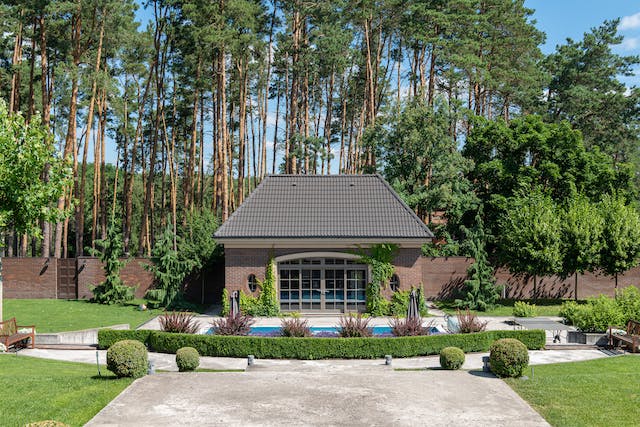Hedges are a staple in any garden because of their functional and aesthetic element. They provide privacy and define boundaries while enhancing the overall beauty of your outdoor space. However, like all living things, hedges require regular care and maintenance to survive. In this post, we’ll look into the importance of hedge maintenance.
Regular trimming
Trimming is the cornerstone of hedge maintenance. Hedge trimming not only keeps your hedge looking neat and tidy but also stimulates growth and ensures a healthy structure. Below are some tips on how to correctly prune your hedges:
Timing
The timing of pruning depends on the type of hedge. It’s best to trim some hedges in late winter or early spring, before the new growth begins while some must be pruned in early spring or late summer. If you’re not sure when it’s best to trim your hedges, do your research or ask for the help of professional landscapers.
Tools
Use sharp, clean hedge shears or a trimmer designed for the specific type of hedge. Dull blades can damage the hedge and make the process more difficult.
Shape
Decide on the shape you want for your hedge, whether it’s a formal, geometric shape or a more natural look. Use stakes and strings to guide your trimming and maintain a straight line.
Gradual trimming
Avoid cutting too much at once; it can stress the hedge. Instead, trim small amounts regularly to maintain the desired shape and density.

Proper feeding
To ensure your hedge remains healthy and vibrant, proper feeding is essential. You can use a balanced fertilizer formulated for hedges and shrubs. Here’s how to do it:
Timing
Apply fertilizer in early spring when the hedge is actively growing and again in late spring or early summer.
Spacing
Follow the manufacturer’s instructions for spacing and the amount of fertilizer to use. Over-fertilization can harm your hedge.
Watering
After applying the fertilizer, water the hedge thoroughly to help the nutrients penetrate the soil and reach the roots.
Mulching
Mulching is an often overlooked but crucial aspect of hedge maintenance. A layer of mulch around the base of your hedge provides several benefits:
Moisture retention
With mulch, you wouldn’t have to water your hedges frequently since it helps retain moisture in the soil.
Weed suppression
It inhibits weed growth around the hedge, preventing competition for nutrients and water.
Temperature regulation:
Mulch insulates the soil, protecting the hedge’s roots from extreme temperature fluctuations.
Aesthetics
A well-mulched hedge base looks tidy and well-maintained.
Pest and disease management
Pest infestations and diseases can quickly damage your hedge if not addressed promptly. Regular monitoring is key to preventing issues. Here’s what to look for and how to manage these problems:
Regular inspection
Inspect your hedge regularly for signs of pests like aphids, mites, or scale insects. Early detection makes it easier to manage the issue.

Insecticides
If you notice insect damage, consider using natural or chemical insecticides, depending on the severity of the infestation and your preference for organic gardening.
Conclusion
Regular pruning, feeding, mulching, and pest and disease management are all essential components of a successful hedge care routine. By following these tips and tricks, you can maintain a beautiful, healthy hedge that enhances the beauty and functionality of your outdoor space for years to come.

Comments are closed, but trackbacks and pingbacks are open.